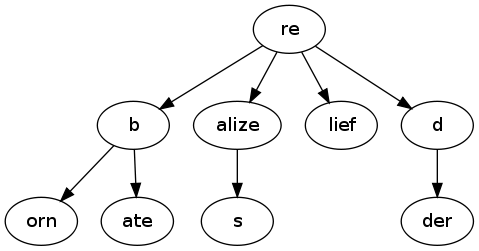Singly-linked list implementation with python:
class Node(object): def __init__(self, data, next): self.data = data self.next = next class SingleList(object): head = None tail = None def show(self): print "Showing list data:" current_node = self.head while current_node is not None: print current_node.data, " -> ", current_node = current_node.next print None def append(self, data): node = Node(data, None) if self.head is None: self.head = self.tail = node else: self.tail.next = node self.tail = node def remove(self, node_value): current_node = self.head previous_node = None while current_node is not None: if current_node.data == node_value: # if this is the first node (head) if previous_node is not None: previous_node.next = current_node.next else: self.head = current_node.next # needed for the next iteration previous_node = current_node current_node = current_node.next s = SingleList() s.append(31) s.append(2) s.append(3) s.append(4) s.show() s.remove(31) s.remove(3) s.remove(2) s.show() |
Doubly-linked list implementation in python
class Node(object): def __init__(self, data, prev, next): self.data = data self.prev = prev self.next = next class DoubleList(object): head = None tail = None def append(self, data): new_node = Node(data, None, None) if self.head is None: self.head = self.tail = new_node else: new_node.prev = self.tail new_node.next = None self.tail.next = new_node self.tail = new_node def remove(self, node_value): current_node = self.head while current_node is not None: if current_node.data == node_value: # if it's not the first element if current_node.prev is not None: current_node.prev.next = current_node.next current_node.next.prev = current_node.prev else: # otherwise we have no prev (it's None), head is the next one, and prev becomes None self.head = current_node.next current_node.next.prev = None current_node = current_node.next def show(self): print "Show list data:" current_node = self.head while current_node is not None: print current_node.prev.data if hasattr(current_node.prev, "data") else None, print current_node.data, print current_node.next.data if hasattr(current_node.next, "data") else None current_node = current_node.next print "*"*50 d = DoubleList() d.append(5) d.append(6) d.append(50) d.append(30) d.show() d.remove(50) d.remove(5) d.show() |
